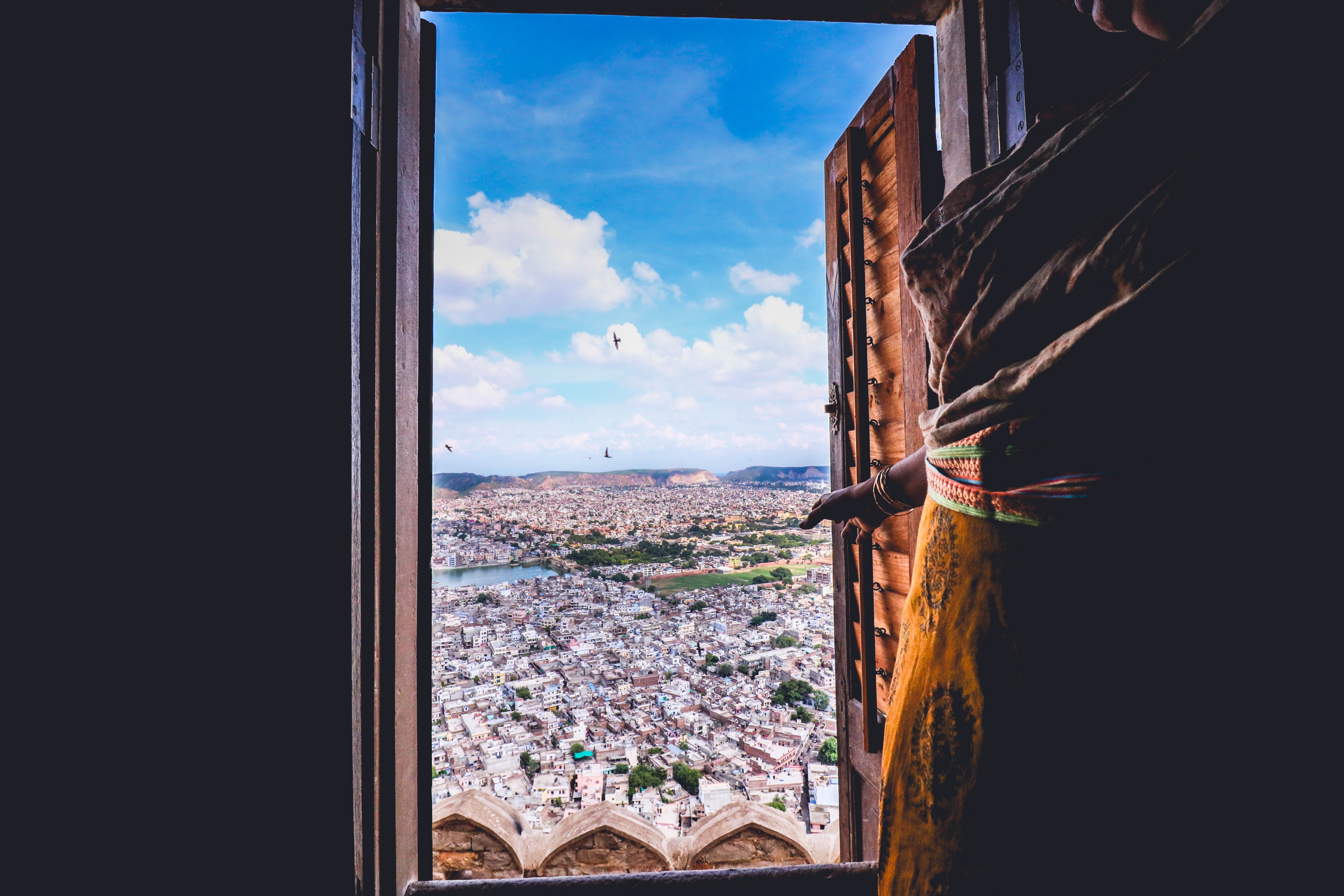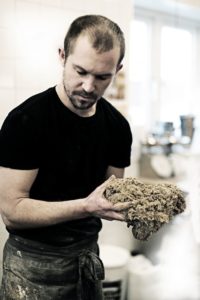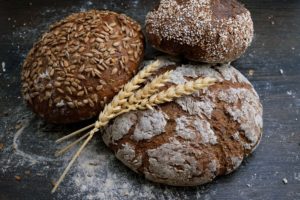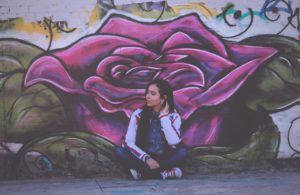Folk Fusion
One thing that is so striking about traveling outside the United States is getting to experience the Old World charm that exists in so many places around the world. The ornate alleyways give way to open town squares filled with historic monuments, shops and businesses, food and drink. It is all part of a travelers haven of happiness. It is here that lies my haven of happiness. I could sit outside a cafe in pretty much any historic town square and people watch. If this is your fancy, as it is mine, you will love Jaipur. Jaipur is the capital of the majestic Rajasthan state in India. It is located in the northwestern interior region of India, being about a 14 hours drive by car from the Arabian Sea. It is here that the end of the year Folk Fusion GAP trip is met for a crash course on Indian history, culture, spirituality and amazing Indian gastronomy full of colorful spices and flavor.
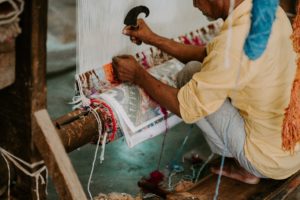
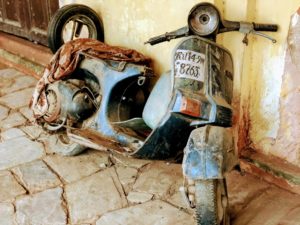
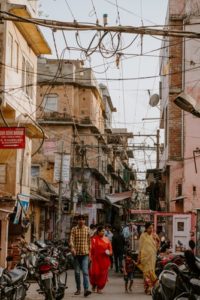
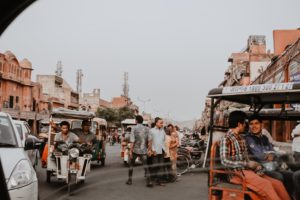
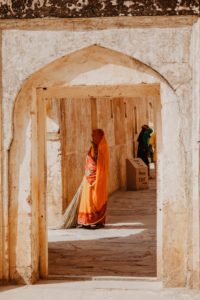
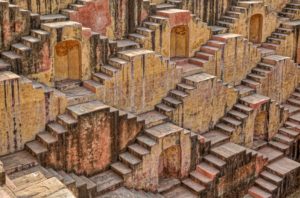
Jaipur is a city embellished in pink and is adequately called the “Pink City” for it’s colorful buildings. The stone used to construct the ancient palaces and forts was pink stone which, for all you science nerds out there like myself know that this has a cooling effect in such a hot climate. The color pink is also known to Indians to represents hospitality. For a little history lesson, in the late 19th century, the Prince of Wales (later who would become King Edward VII) and Queen Victoria were set to visit India on a grand excursion with a stop in Jaipur. In anticipation of their arrival, Maharajah Ram Singh painted the city in pink to welcome his guests. Today, tradition has continued to be followed by the residents who are required by the government to keep their buildings painted pink.
The Pink City is said to be the first city in India that was planned ahead of time by the King. He sought consultation with architects in the early 18th century to plan out the layout of the city. All the roads, squares and palaces designed took four years to complete.
Some highlights in Jaipur (palaces and armory):
The City Palace
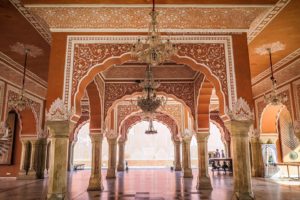
Built by Jai Singh II during his reign, the ruler of the of the kingdom of Amber (later called Jaipur), built the City Palace. The grounds house courtyards, gardens and a complex of palaces, such as the Chandra Mahal and Mubarak Mahal, all painted in stucco pink. It is located in the center of Old Town and is a striking blend of Rajasthani and Mughal architecture.
Hawa Mahal
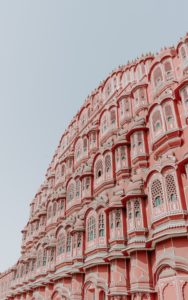
The Hawa Mahal as seen above (also known as the ‘Palace of Breeze’) is a 1799 AD royal palace in Jaipur constructed of red and pink limestone. The entire reason for the Hawa Mahal’s construction was so that the royal women could watch festivals from the palace without being seen from the outside world.
Maharaja Sawai Man Singh II Museum – Sileh Khana Armory
Another interesting place to stop in at is the MSMS Museum
in the City Palace. Your ticket will give you entry to four courtyards and a multitude of exhibits including the textile gallery and the Sileh Khana Armoury. It houses the largest collection of weapons in all of India. Here, you will see ancient swords, daggers, knives, axes, arrows and various types of guns. Many prestigious weapons that were once owned by the rulers of this region of the world are on view at the armoury. Body armour, helmets and shields are also on display.
Amber (Amer) Fort and Palace
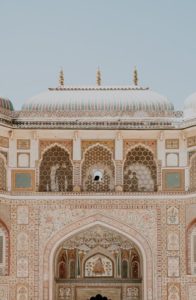
The Amber Palace is located 11 km from Jaipur, but is a favorite among tourists to the Rajasthan state for it breathtaking beauty and majestic artistry. It is an ancient citadel that was used as the capital of the Kachhawah clan before the capital was moved to Jaipur in the 18th century leaving this distinguished palace abandoned.
